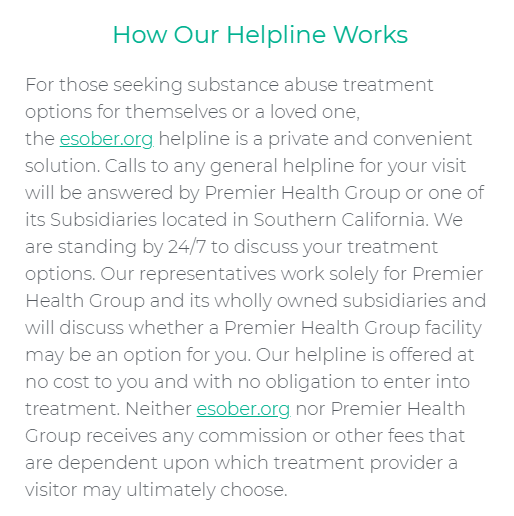Acid trips have been romanticized in numerous Hollywood movies and this misinformed awareness pushes people to try the drug themselves to see if they can experience the same effects on screen. Besides that, acid trips have a well-known reputation of providing intense visual and sensory distortions that provide potent emotions, like euphoria.
Technically speaking, the term used for getting high on acid or LSD is LSD intoxication, but it is widely known as a “psychedelic experience” or “acid trip.” Because of its unique and strong effects, LSD is a popular drug that people use if they’re chasing certain emotions.
What Is Acid: Understanding LSD
To understand what goes on in an acid trip, it’s best to know what constitutes LSD. LSD (lysergic acid diethylamide) is a psychedelic hallucinogen that triggers activities in our brain, producing changes in perception, emotions, along with one’s sense of time and space.
Even if you take small doses, LSD can be extremely active. This is why they often come in small tablets, droplets, or often blotted on paper, absorbed by the tongue. Because of its extreme effects, LSD is in the Schedule I of the Controlled Substance Act, which is known to be the most criminalized category for drugs.
When a drug is placed in this category, it’s classified as having a high potential for abuse and has no accepted medical use. Despite this classification, numerous therapies use LSD to treat depression and anxiety, giving a new path for research, putting LSD in a new light.
Researchers believe that with proper use, it can help manage depression and anxiety, as well as have the potential to treat serious mental afflictions like PTSD and addiction. But even with the positive side effects of LSD, there are still serious physiological and physical effects that you may experience, especially when you abuse the product.
What to Expect on an Acid Trip: The Side Effects of Acid
Acid is known to provide incredible changes in consciousness and perception. When a person is on acid, they experience various effects like sensory distortion, changes in mental behavior, shifting thoughts, and feelings of intense emotions, which evoke surprising insights and revelations.
Usually, an acid trip can last for as long as eight to ten hours, with its peak four to six hours after ingestion. Here are some side effects that you may experience when taking LSD:
- Sensory enhancement
- Sweating
- Delusion
- Alienation
- Visual hallucinations
- Dry mouth
- Tremors
- Synesthesia
- Anxiety
- Dissociation
- Impaired depth perception
- Flashbacks
- Panic attacks
- Depression, and more
After taking acid, you can start to feel mild side effects in the first 20 to 90 minutes and begin to peak in the third to the fourth hour. But note that this will vary from person to person. The factors that contribute to the intensity of LSD in your body will have to do with your body mass index (BMI), your age, metabolism, and how much you take.

Besides that, you should also note that if the mood of the user and those around them are contented or in a good headspace, the LSD experience can be quite enjoyable. But a trip can go sour quickly if there are unsettling moods in the space — this is where having a good trip or bad trip comes in.
- Good Trip
When people have a good acid trip, they will often feel like the world is such a beautiful place; life may seem wonderful and human interaction and connections will seem meaningful and deep.
- Bad Trip
On the other hand, when a person has a bad LSD trip, they will often feel an overwhelming sense of fear, see the world from a dark, harsh, and ugly perspective. This negative frame of mind can make a person think that life is difficult and that human interaction is superficial.
With that being said, emotions play a vital role in an acid trip. When you have negative emotions on the surface, this feeling may be difficult to control and could feel pretty overwhelming, leading to negative effects even after the trip.
That’s why even if LSD can be a pleasant experience for some, you should not forget that users can spin out of control if negative thoughts are triggered.
When someone has a bad acid trip, the intense, negative emotions may be incredibly unbearable, and they could even develop temporary suicidal thoughts. When this happens, it’s best to reassure that person who is experiencing a bad trip that this is merely the effects of acid.
How Long Does Acid Last and Stay in Your System?
Most people can feel moderate effects of LSD with only a dose of one to three mcg per kilogram of body weight. With that, you can start to feel its effects 30 to 60 minutes after an initial intake of the drug, and the effects can last up to 12 hours, depending on your dose.
While tripping on LSD, people may begin to experience distorted or altered awareness of the objects, conditions, feelings, and thoughts surrounding them. Unlike other drugs, acid is quite difficult to detect in the body because our liver quickly breaks it down.
Seeing that you only need a small amount to feel the effects, people need only to take a small dose. But how is it detectable in the body?
- Urine Tests: Since acid quickly transforms into an inactive compound by your liver, it leaves only 1 percent of unchanged LSD in urine. With that being said, most routine drug tests can’t detect LSD.
- Blood Tests: There was a study in 2017 that found LSD to be detectable in blood samples within 16 hours from the first 200mcg dose. For those who took half the dose, LSD was detectable in the first 8 hours.
- Hair Tests: If you want to detect past drug use, hair follicle drug tests are your best bet. It can detect several drugs up to 90 days after their last use. However, when it comes to LSD, there isn’t sufficient data that shows how reliable hair tests are to detect the drug.
The Bottom Line: LSD Is a Dangerous Drug That Could Change a User’s Behavior and Sensory Functions
Although there are notable benefits, LSD is still considered to be a hazardous drug. This is because it’s powerful enough to change your behavior, thought process, sensory functions, and how you perceive your life.
Many people who take the drug and experience positive effects often take it when they’re in a good headspace. Those who are in a negative headspace would most likely experience adverse effects that could alter the way they see their life.
Just because there are positive effects associated with LSD, it’s still not advisable to take the drug and is still considered hazardous. If you know someone who is struggling with issues of LSD, it’s best to help them acknowledge this addiction and guide them to getting proper medical care before long-term negative effects kick in.
Dealing with drug abuse and misuse can be difficult to shake off, especially for people who have been on this road for too long. But if you know someone struggling with drug addiction and need help, it’s best to look for a facility that could help them on their road to sobriety.
Sources:




